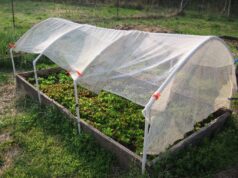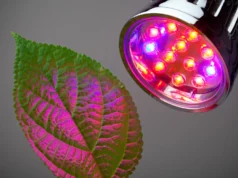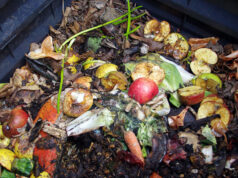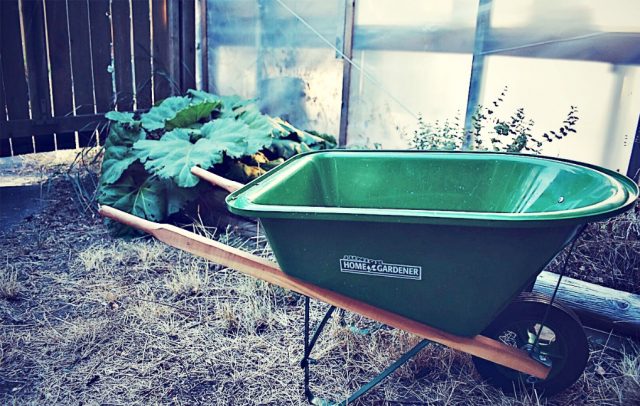
When everything blooms and blossoms in spring, we are surrounded by vibrant colors and beautiful shades of greens, reds, yellows, whites, and everything in between, autumn, on the other hand, brings beautiful hues of oranges, browns, yellows, and reds, covering everything around as in colorful leaves.
And although nature goes to sleep and our gardens die, the work that needs to be done in them is far from over. It is the best time for cleaning up and getting everything ready to minimize any issues in the next growing season. Putting your garden to bed and preparing it for the next spring are only a few of the maintenance chores that need to be done.
How you care for your garden in autumn will greatly reflect on how it performs year-round, so here are some of the most important things you should do to ensure that it is in its best condition when everything starts growing again.
1. Pull Out and Clean Up Rotting and Dead Plants
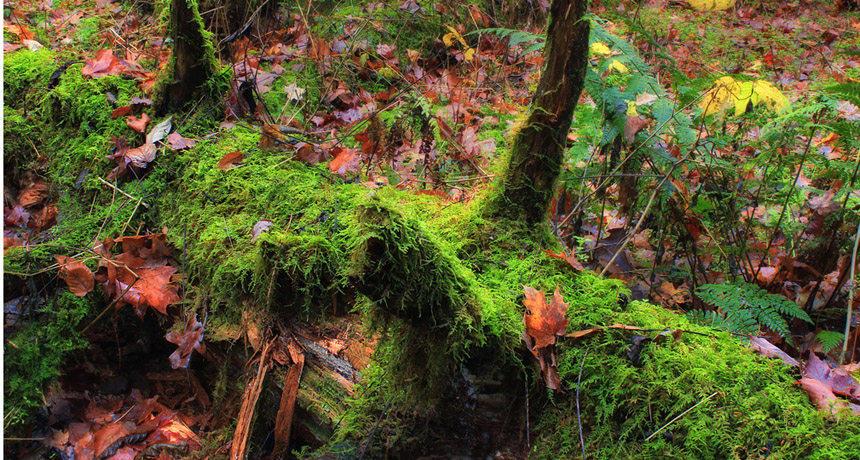
You do want your garden looking nice and tidy, however, getting rid of finished summer plants is much more important for keeping your soil healthy and pest free. Dead plants are prone to harboring diseases, fungi, and attracting pests, so pulling them out as soon as possible is essential.
Plants that show no signs of disease can then be composted or buried in the trenches to add organic matter to your soil.
2. Get Rid of Weeds
Autumn is the perfect time for weeding, so wherever you spot these invasive plants, make sure to dig them up and throw them in the trash or burn them if that is something you do. Completely getting rid of them is the only way to ensure that they will not grow back and cause problems next season.
Do not simply throw them in another part of your garden or place them in the compost bin since they are viable and will surely sprout again, giving you extra work and disrupting the growth of flowers and crops in spring.
3. Prepare and Amend Your Soil
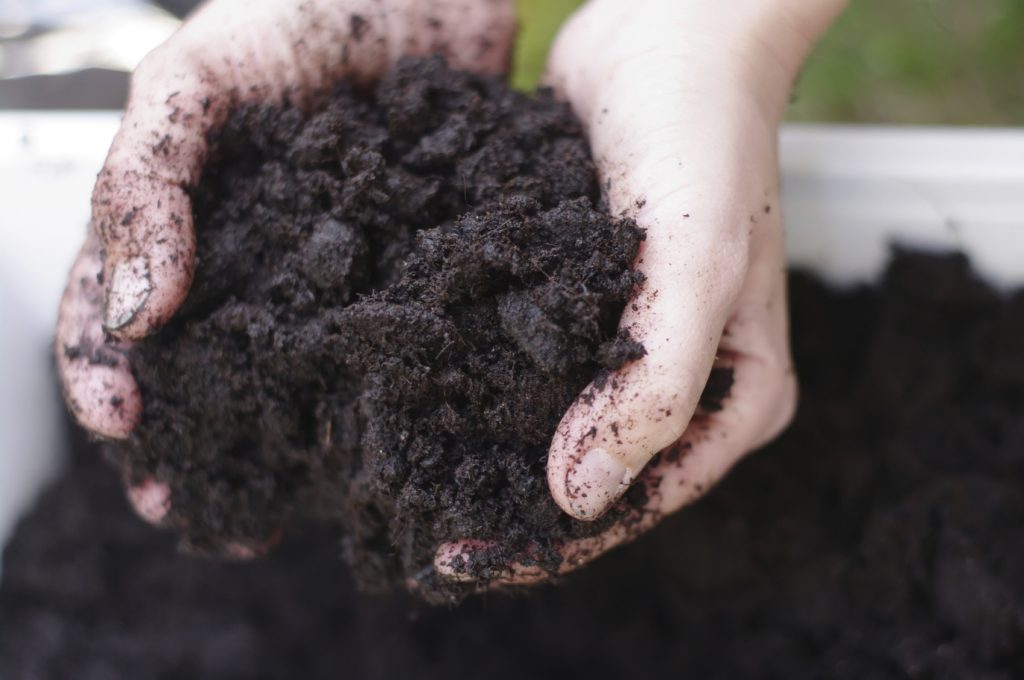
Although many leave this activity for springtime, autumn is probably a better time to add nutrients to your soil and make it optimal when the time for planting comes. Add compost, manure, and anything else you might want to give them more than enough time to break down, enrich your soil and make it biologically active. Doing this in autumn also means you will have a bit less work once the busier seasons arrive.
If you till your soil, autumn is also the optimal time to do this. Although many are against it and it does carry certain drawbacks, however, when done appropriately and not excessively it will not disturb the microfauna in the soil, increase erosion, or stir up weed seeds. If you are interested, you can check this to learn more.
4. Plant and Sow Cover Crops
Another great way to enrich your soil is by planting and spreading cover crops such as clover, rye, field peas, or vetch. They also suppress weed growth, prevent the soil from eroding, add organic matter, and prevent the soil from drying out. For vegetable gardens, certain cover crops are a great solution for increasing the levels of nitrogen.
It is best to plant any of these crops at least a month before the first killing frost for optimal results.
5. Take Care of Spring Bulbs

Autumn is the perfect time to make changes to the layout of your garden. Everything that seemed too close together, crowded, or disorganized during spring and summer can be dug up and placed in different locations.
Before you do anything, plan where everything is going to go and once you have, start digging up the bulbs. Do not forget to handle them with care and immediately transplant them elsewhere in your garden.
You can also add extra bulbs to your space, especially daffodils, crocuses, hyacinths, and tulips, before the ground freezes and you will be able to enjoy these beautiful flowers as early as April. Autumn is also a great time to plant trees since they will be able to establish their roots and get a head start when spring arrives.
6. Seed Your Lawn
Before winter dormancy, it is a good idea to patch up and rejuvenate your lawn with fresh grass seeds. Summer might have damaged certain spaces and left them sparse, so carefully look for such areas and establish a new lawn with grass seeds.
7. Provide Protection with Mulching
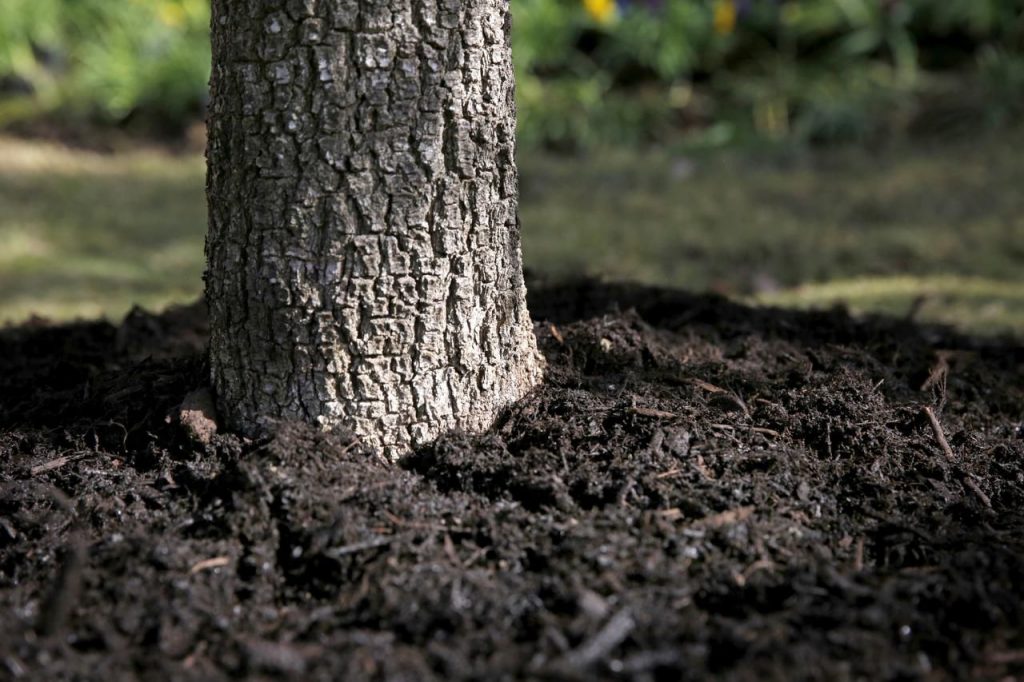
One of the most important things to do is mulch your beds to protect your soil from eroding, optimize the health of your garden by adding organic matter and preventing weed growth by blocking out any light. It is also a great insulator, so add a thicker layer over anything you have just planted.
8. Do Not Forget to Prune
Avoid pruning in warm weather since your trees and shrubs might start sprouting again, making them more susceptible to frostbite. However, once the weather is cold enough, they will appreciate a good pruning, allowing you to cut back on anything that has overgrown its space and to thin out branches to eliminate overcrowding.
9. Clear Up Any Areas Covered With Leaves
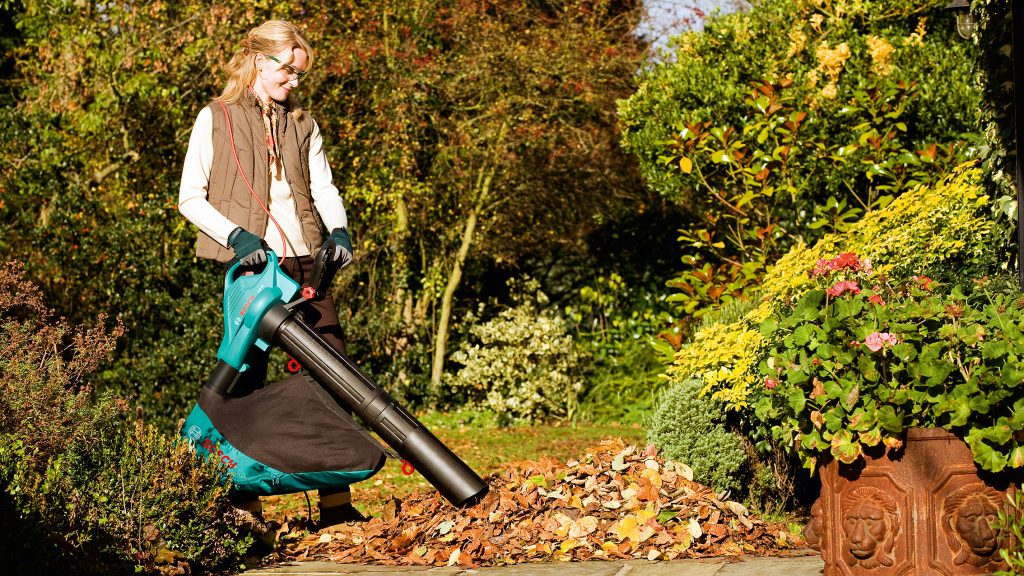
To prevent rot and provide proper airflow, do not forget to rake leaves and any other debris away from the base of shrubs and trees. Do not throw the leaves away and instead add them to your compost bin or use them as mulch to provide extra insulation to plants that might need it.
10. Take Care of Your Tools
Once you have finished preparing your garden for winter, make sure to collect all your garden tools and store them away. Any clay or ceramic pots you might have might suffer damage in cold weather, so consider putting them in a safe place too. Of course, any patio or outdoor furniture will also last longer if it is not left outside during wintertime.
Conclusion
Nobody truly enjoys doing maintenance chores, but it is what your garden needs to be able to thrive. Preparing it for the winter and giving it the needed fall maintenance treatment will ensure you have a beautiful, colorful space that is filled with magnificent blooms and blossoms once springtime comes around.


